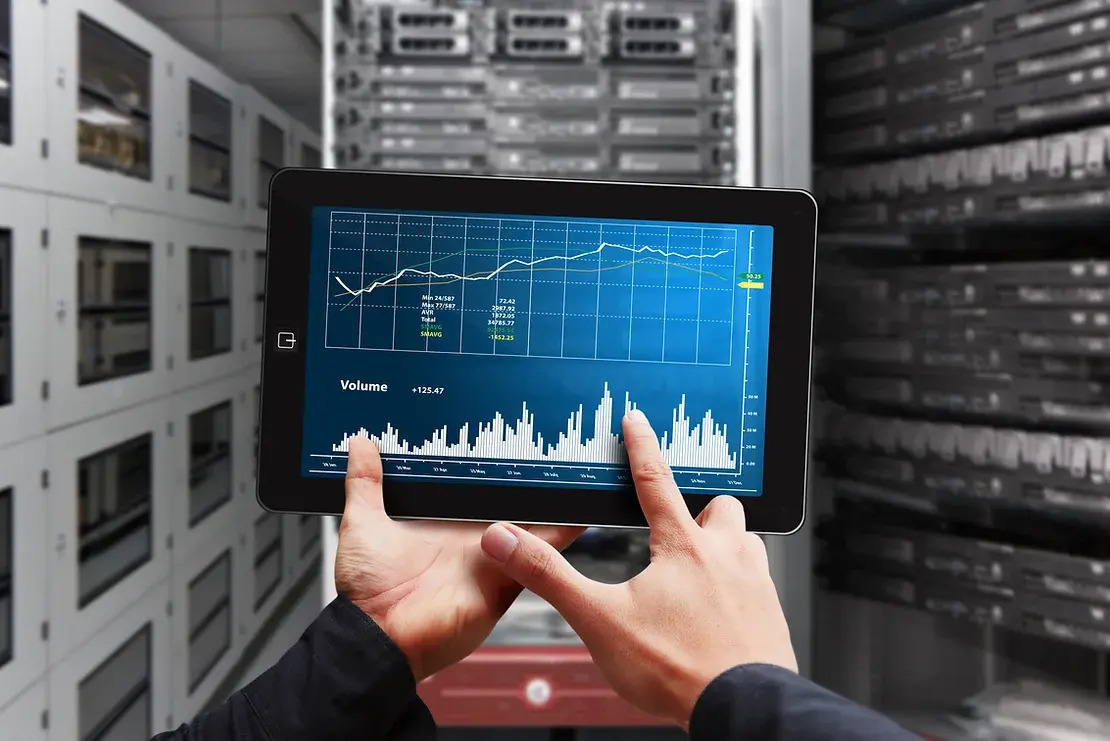Network TAP: Everything You Need to Know
In today’s digitally connected world, network visibility is crucial for performance monitoring, cyber security, and compliance. One of the most reliable ways to achieve this visibility is through a Network TAP (Test Access Point). But what exactly is a Network TAP, and why is it so essential for modern IT infrastructures?
What is a Network TAP?
A Network TAP is a hardware device that provides a way to access and monitor network traffic without interrupting the live network. It creates an exact copy of the data flowing across a network link. It sends it to monitoring tools such as analyzers, intrusion detection systems (IDS), and network performance management (NPM) solutions.
How Does a Network TAP Work?
Network TAPs are typically installed between two network devices – like a switch and a router. Once connected, it passes all network traffic between the two devices while simultaneously copying the data to a monitoring port. This allows IT teams to analyze traffic in real-time, without risking packet loss or network downtime.
Key Features:
- Non-intrusive monitoring
- Full-duplex data capture
- Fail-safe operation
- No packet loss

Types of Network TAPs
There are several types of Network TAPs designed for different use cases:
- Passive TAPs – These are used for optical networks. They don’t require power and are ideal for environments where high availability is critical.
- Active TAPs – These are used in copper and some optical environments. They require power and can offer additional features like aggregation, regeneration, and filtering.
- Aggregation TAPs – These combine data from multiple network links into a single output stream, making it easier for monitoring tools to analyze traffic from various sources.
- Regeneration TAPs – These duplicate the same traffic to multiple monitoring tools, allowing simultaneous analysis by different systems.
Benefits of Using Network TAPs
Implementing Network TAPs in your infrastructure offers several advantages:
- Improved Visibility: Access all network traffic in real-time for better troubleshooting and analysis.
- Enhanced Security: Feed security appliances with complete traffic data to detect and prevent threats.
- Reliable Data Capture: Unlike SPAN ports, TAPs do not drop packets during high traffic.
- Compliance Support: Meet regulatory requirements by ensuring complete network visibility.
Network TAP vs. SPAN Port: What’s the Difference?
While both Network TAPs and SPAN (Switched Port Analyzer) ports provide access to network traffic, they operate differently:
| Feature | Network TAP | SPAN Port |
|---|---|---|
| Packet Loss | No | Possible under heavy traffic |
| Accuracy | Full-duplex | May drop packets |
| Resource Usage | Dedicated device | Uses switch CPU |
| Reliability | High | Varies with switch load |
Use Cases for Network TAPs
Network TAPs are widely used across various industries and IT scenarios:
- Data Centers: Monitor high-speed connections without latency or packet loss.
- Finance & Healthcare: Maintain compliance with data integrity and privacy laws.
- Incident Response: Quickly identify and mitigate network threats.
- Performance Monitoring: Diagnose bottlenecks and optimize traffic flow.
Conclusion
A Network TAP is an indispensable tool for IT teams seeking robust, accurate, and reliable network monitoring. By offering complete visibility into data traffic, TAPs help ensure security, performance, and compliance in today’s complex network environments. Whether you’re running a small enterprise network or managing large-scale data centers, investing in Network TAPs can significantly enhance your network operations and cyber security posture.